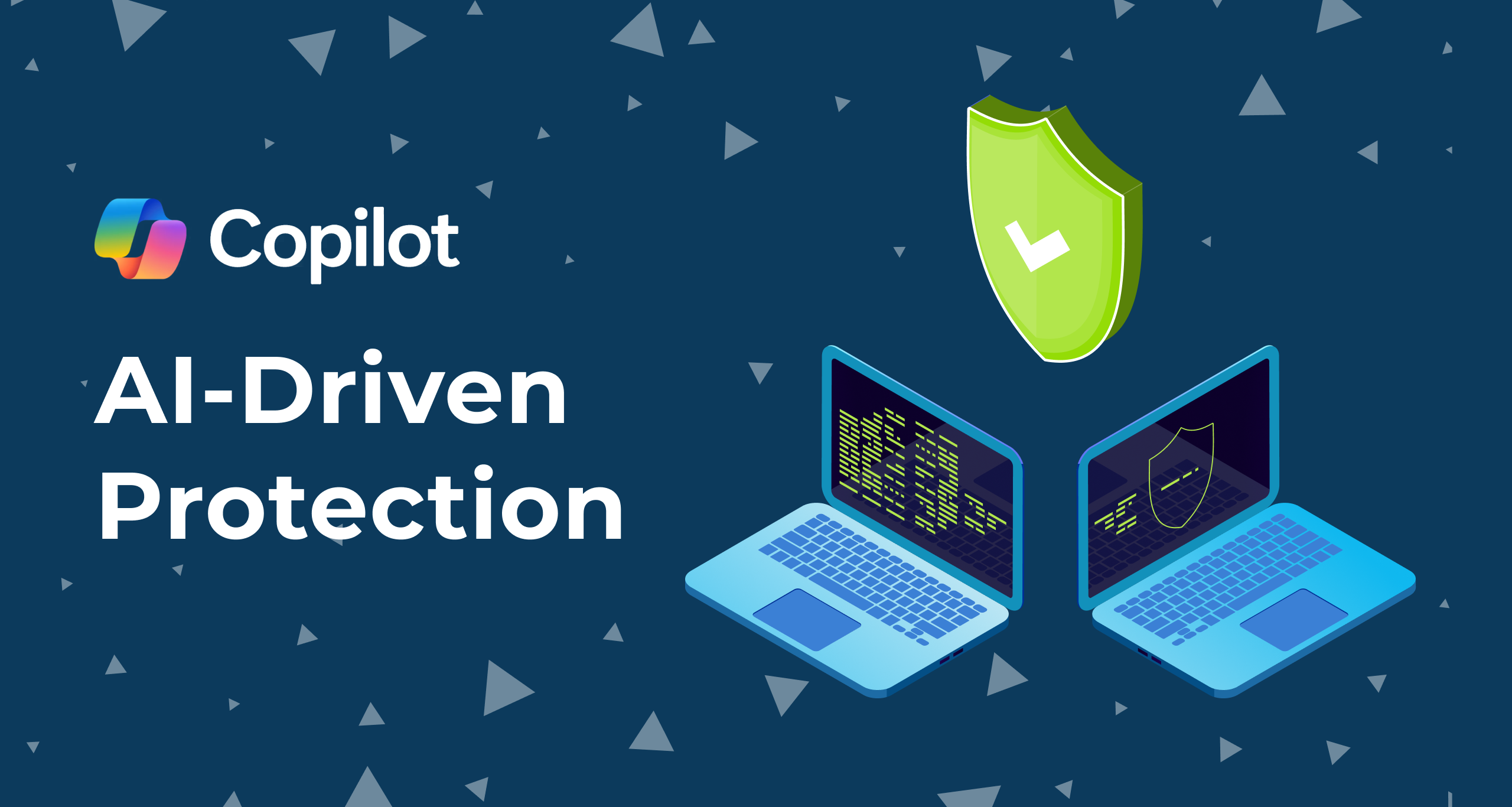Traditional Tools Give Us Signals. But We Need Systems That Can Reason.
One of the interesting things about scaling technology companies is how quickly complexity outpaces your ability to manage it. In security, we’re still relying too much on human pattern recognition and tools that are fundamentally reactive. Logs are abundant. Alerts are endless. But what we’re missing is synthesis—context, prioritization, and actual insight.
That’s why Security Copilot caught my attention. It’s not just another tool. It’s a shift in how we process and respond to risk—an example of large language models being put to work in a truly practical and high-stakes domain.
Using AI to Handle the Work Our Brains Weren’t Built For
Security Copilot doesn’t just aggregate data. It correlates signals across your environment—identity systems, endpoints, cloud logs—and gives you something we rarely get in cybersecurity: clarity. It explains what it sees. It tells you what it thinks matters. And it does this continuously, with the attention span of, well, a machine.
You could think of it like adding a new brain to your team. One that doesn’t get tired, doesn’t overlook edge cases, and has the benefit of a massive training corpus behind it.
It Respects What’s Already Working
What I appreciate about Security Copilot is that it doesn’t ask you to re-architect everything. If you’re already using Microsoft’s security tools, it fits in with minimal friction. And if you’re not, it’s extensible. The APIs are there. It’s not a walled garden, and that matters if you care about interoperability—which I do.
It Cuts the Noise and Surfaces What’s Real
One of the biggest costs in security operations is attention. We flood teams with alerts, then ask them to triage manually. Most false positives never get tuned out. Security Copilot helps with that. It filters what’s unimportant and flags what’s worth your time. And it explains why—there’s logic behind the recommendation, not just a red exclamation mark.
Speed Isn’t Everything—Understanding Is
What makes this different from traditional automation is that it doesn’t just act fast—it acts with context. If something strange happens with a user account, Security Copilot gives you a full picture: timeline, connections, impact radius, and proposed remediation steps. All in plain language. It’s a lot like talking to a very, very fast colleague who doesn’t need a lunch break.






